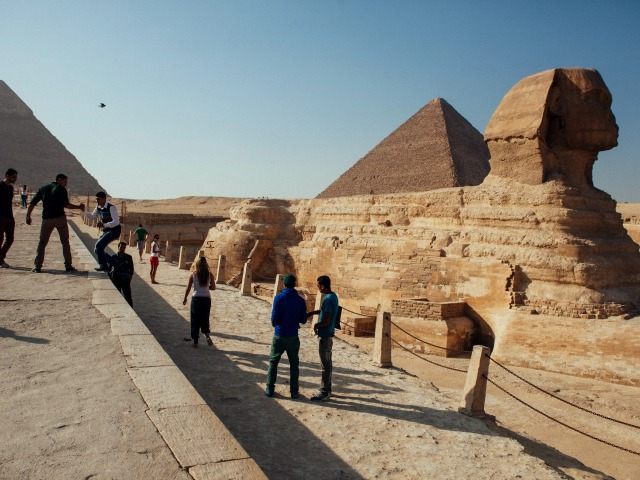TEL AVIV – The discovery of thousands of artifacts in an excavation led by the British Museum reveals a major Greek trading city in Egypt, the Guardian reported.
Naukratis, dubbed “the Hong Kong of its era” by Dr Ross Thomas, the British Museum curator leading the excavation, has a history that spans 1,000 years. Over 10,000 artifacts were reportedly gathered at the site, with some pointing to an ancient “festival of drunkenness.”
First discovered by an English Egyptologist in 1884, Naukratis has since been believed to be a small town. However, the latest excavations reveal an immense trading network between Egypt and other Mediterranean nations.
“Previously, they thought it was only about 30 hectares and all destroyed,” said Thomas, “but now we know it’s over 60 hectares, so there’s a lot of archaeology there still to dig.”
New finds show that the city was populated by tall tower houses between three and six stories each. “We should imagine a mud-brick Manhattan, populated with tall houses and large sanctuaries, befitting a large cosmopolitan city,” said Thomas.
Thomas also said that the discovery shed light on the city’s women. “There are more Greek inscriptions of the sixth century from Naukratis than in any Greek sanctuary. They tell us a lot about the traders: there are some women represented; usually it’s just male traders. There are characters that also appear in other Greek cities, so we can start to track where people are coming from.”
Naukratis was a meeting place on the Nile delta for different cultures to exchange goods. A metropolis where Egyptian grain, papyrus and perfumes were traded for Greek, Cypriot and Phoenician silver, wine and oil. A variety of 5th and 4th century BCE amphoras and terracotta figurines carrying phalluses and wine jars were also unearthed, relating to the “festival of drunkenness.”

COMMENTS
Please let us know if you're having issues with commenting.